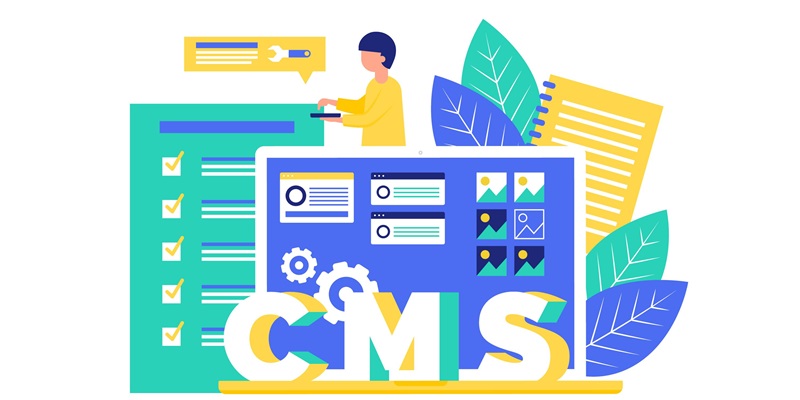The era of customer relationship management has underscored the undeniable value of Customer Success Managers (CSMs) in retaining and satisfying clients. Many businesses, obsessed with client acquisition, often sideline the critical role of retention, despite clear evidence that prioritizing existing customers can lead to higher sales and lower costs. This article delves into the transformative strategies that could redefine and elevate the role of CSMs, enhancing customer loyalty and driving sustainable business growth.
Recognizing the Value of Customer Retention Over Acquisition
The Cost-Effectiveness of Retaining Customers
The adage that it is five times more expensive to acquire a new customer than to retain an existing one is more than just a business mantra—it is a proven financial reality. Studies consistently show that the probability of selling to an existing customer lies between 60-70%, compared to a meager 5-20% chance of selling to a new prospect. This significant disparity clearly illustrates why increasing customer retention by just 5% can boost profits by 25% to 95%. Moreover, loyal customers often purchase more and can be less sensitive to price due to their trust in the brand.
Customer Experiences and Business Growth
The customer journey doesn’t end after a successful sale; rather, it evolves into a phase where customer experiences can significantly affect the loyalty and future revenue potential of a client. Positive customer experiences are the cornerstone of increased customer retention. A delighted customer not only becomes a repeat buyer but often escalates his spending, in view of the heightened trust and value he perceives in the company’s offerings.
Bridging the Gap between Sales and Customer Success
Equipping CSMs with the Right Resources
A conspicuous gap often exists between the support provided to sales teams and that made available to Customer Success Managers, yet CSMs play an equally crucial role, if not more, in sustaining business growth. Sales professionals are frequently equipped with exhaustive training, cutting-edge tools, and incentives that drive their success, whereas CSMs are commonly expected to excel with fewer resources.
Integrating CSMs into the Sales Process
Integrating Customer Success Managers into the sales process fosters a holistic approach to customer relationship management. CSMs working closely with sales teams can help ensure that the promises made during the sales process align with deliverables, thus reducing potential friction points and setting the stage for long-term customer satisfaction.
Enhancing CSM Efficacy Through Support and Incentives
Creating a Supportive Infrastructure for CSMs
To elevate the role of CSMs, companies must create a supportive infrastructure that mirrors that of the sales team. This implies access to the same quality of sales enablers, such as advanced CRM technology and analytic tools, which are pivotal for discerning customer needs and addressing them promptly.
Rewarding Customer Success Outperformance
Recognizing and rewarding the achievements of Customer Success Managers who excel in nurturing client satisfaction is integral to promoting a culture of outperformance. When incentives are linked to metrics such as customer retention rates, upselling, and successful cross-selling, CSMs are given a tangibly rewarding pathway to contribute to the company’s top and bottom lines.
Aligning Marketing Strategies with Customer Retention Goals
Tailoring Sales and Marketing for Existing Customers
For too long, sales and marketing efforts have been skewed toward attracting new customers, often at the expense of addressing the needs and preferences of the existing customer base. It is time to recalibrate and tailor marketing strategies to align with the retention goals.
Understanding and Balancing Customer Acquisition Cost (CAC)
Understanding the customer acquisition cost (CAC) is pivotal for any business aiming to balance its expenditure on acquiring new customers with efforts to retain the existing ones. Properly understanding these economics aids in setting realistic budgets and forecasting the long-term financial health of the business.
The Strategic Advantage of a Content Customer Base
Leveraging Customer Satisfaction for Product Improvement
Customer feedback is a treasure trove of insights for product improvement and innovation. Tapping into this reservoir of customer knowledge aids in refining products and services, ensuring that offerings evolve in sync with client expectations and market demands.
Customer Advocacy and Brand Endorsement
A loyal customer is not just a repeat buyer; they can transform into a powerful advocate for the brand. Strategies directed at converting satisfied customers into vocal proponents should be woven into the customer service fabric.
Rethinking Support and Recognition for CSMs
Investing in Customer Success Infrastructure
An investment in customer success infrastructure is an indelible commitment to the future of a company’s relationship with its customers. A well-funded and resource-rich customer success environment signals to CSMs the integral value of their role.
The Untapped Potential of Customer Success Recognition
Customer Success Managers are critical in building and maintaining a content and committed customer base, yet their contributions are frequently undervalued. Recognizing the vital role of CSMs, and by extension, elevating their status within an organization, can inspire an entire culture shift toward customer-centricity.

